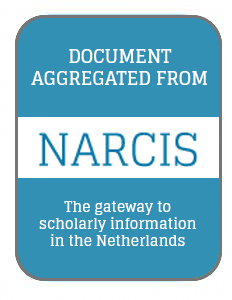Resource information
Vegetation degradation and desertification occur in many semiarid ecosystems worldwide, particularly in the Western Mediterranean Basin. A peculiar semiarid Mediterranean land use system dominates the landscape of southern Portugal where cork oak (Quercus suber) is the main tree species. This system is the result of both ecological and land use dynamics that shaped the landscape for centuries and created a fine-grained mosaic landscape, which includes four main types of vegetation patches: cork oak woodlands (higher tree density), cork oak montados (lower tree density), shrublands and grasslands. Each patch can be conceived as a vegetation state that is reached and maintained in different ways. Transitions between states are triggered often by a combination of human management and climatic circumstances. I hypothesize that cork oak woodlands and shrublands in southern Portugal represent alternative stable states, which change slowly or not at all in the absence of human intervention. Failures in natural regeneration of cork oak trees triggered by grazing pressure and human overexploitation can be the cause of a shift to the alternative stable state of shrublands, especially in very dry conditions. Stable and expanding shrublands may therefore be a sign of land desertification in southern Portugal, representing an irreversible transition. This PhD proposal aims to evaluate if cork oak woodlands and shrublands represent alternative stable states in southern Portugal and what are the ecological and land use mechanisms underlying their resilience and persistence. Overall methodology The study area is located at Serra do Caldeirão, Algarve, southern Portugal. The persistence and dynamics of cork oak woodlands and shrublands, transition probabilities between vegetation states, and correlation between transitions and environmental variables will be analyzed through the observation of aerial photos between 1958 and 2002 for the study area with the help of a GIS (Geographical Information System). Markov matrix analysis and multivariate analysis will be used. Limitations for seedling establishment will be analysed through an experimental design carried out in different vegetation states. Finally, human management, motivations for land use decisions, behaviour towards the cork oak system, and sociological characterization of landowners will be investigated through landowner interviews.


